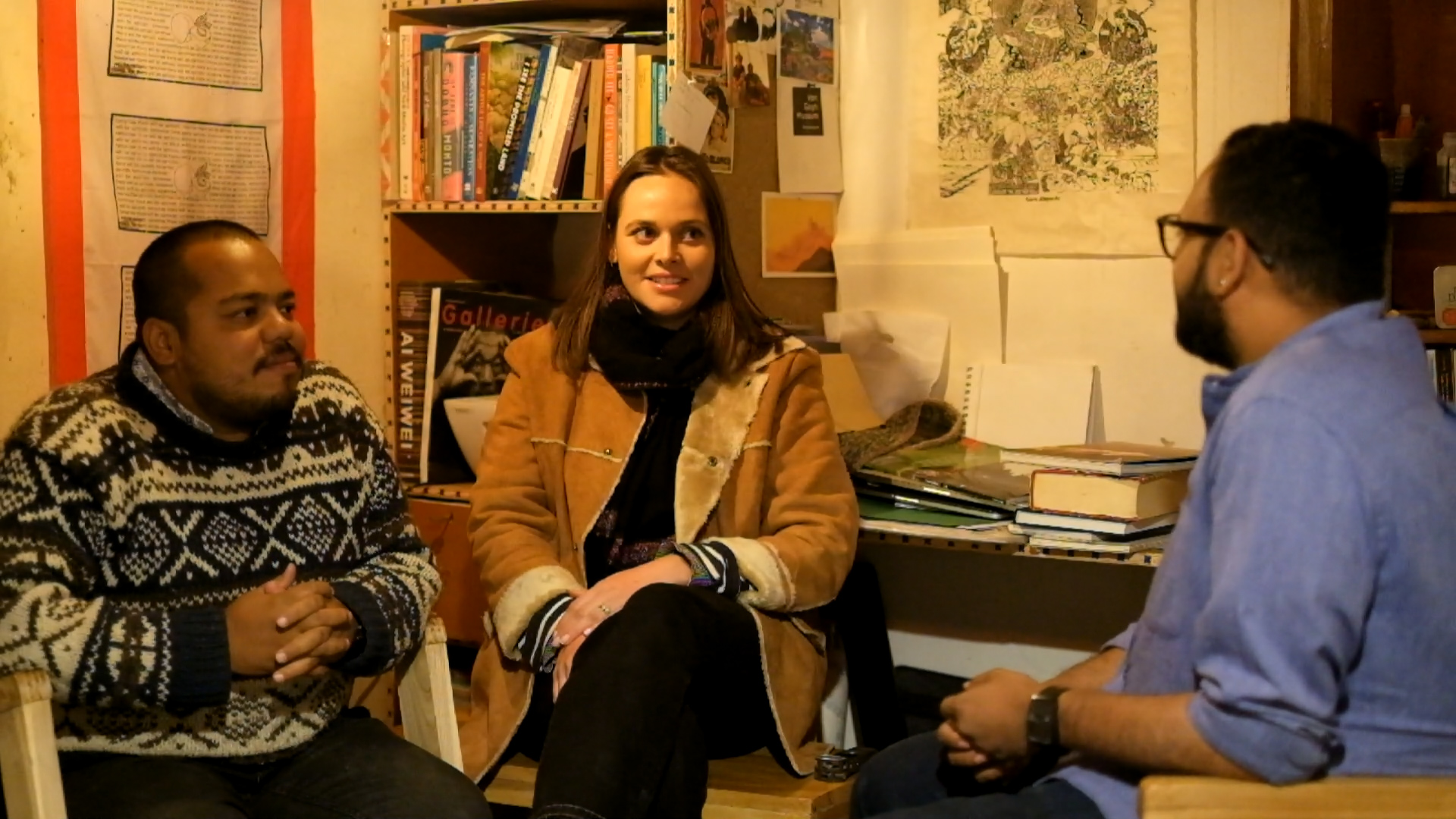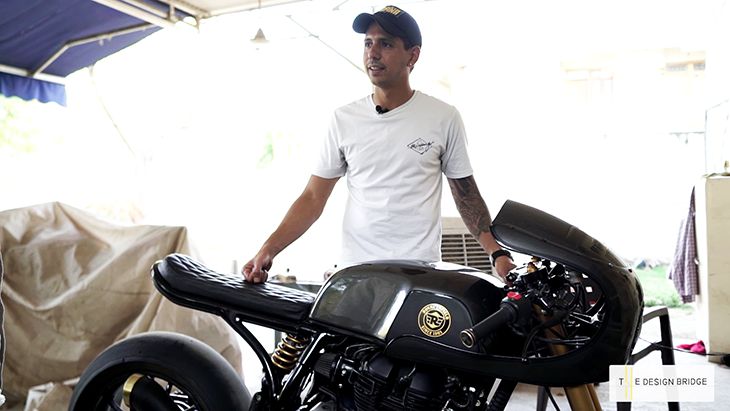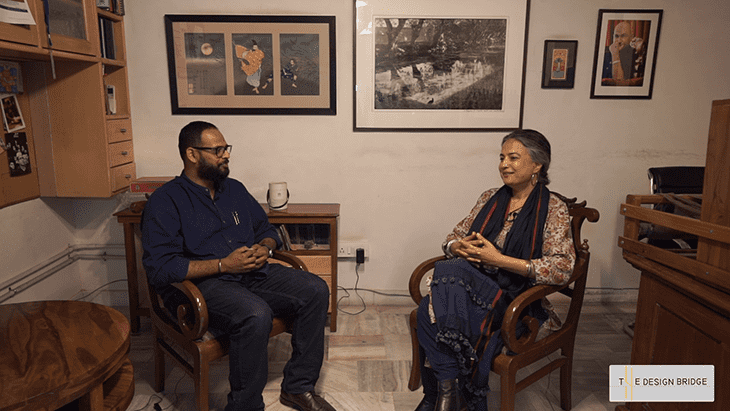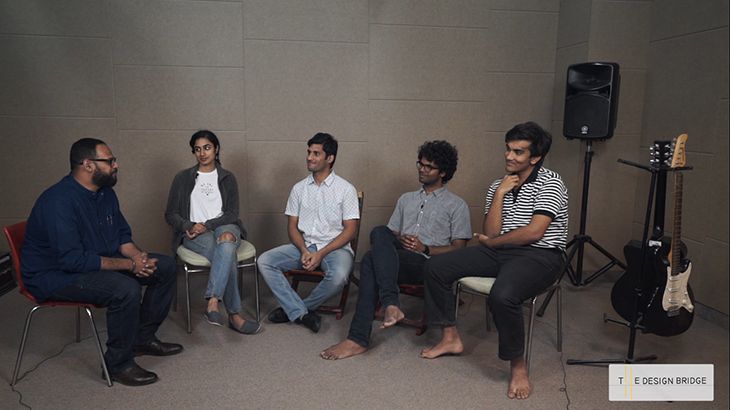ISSUE 1 I STAND POINT
Editorial
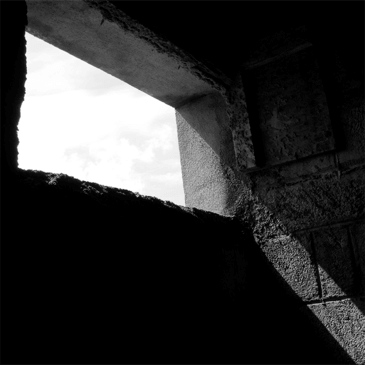
Stand point is probably the first conscious decision of the many decisions one makes in the process of designing. This is the reason why we have chosen the subject for the first issue of our magazine. When we say it is a conscious decision it is implied that the designer has understood the Intent of Designing what is at hand and the very purpose it would serve. The intention and purpose are not always tangible, there are many intangible aspects which a design entails with itself. We have come to understand that a design either serves a purpose or creates a purpose and this can be a daunting task. It is a fact that since the time man has come into existence we have shared our space and our lives with the inanimate objects too. Eventually we developed the skills to design, thus observing the position of a creator. What began as a simple act of designing for our needs led to a point where our lives got intertwined with our creations if we may call them so. Design finds its meaning in the users and the experience it provides them. More often than not we see that products and activities which have their origin in the needs of the time they were conceived over a period of time become a part of our culture and tradition.
A country like of ours has indeed been bestowed upon with a Vast Plethora of Culture & Traditions, thus making them an integral part of our identity and it would not be wrong to say they define us and our ways of life in certain ways. This intertwined helix of our existential DNA always puts a designer in a dilemma, the dilemma of do I design for today or tomorrow? Do I re invent the wheel or examine if the wheel has even been invented ? It is true that as designers we are required to design for people who may arrive from all walks of life and each brings with them certain generic and certain specific needs and requirements. This make it rather essential that designers establish a dialogue with people from all walks of life and not limit themselves to a small clan of designers. Through this issue comprising of articles and interviews from people from various walks of life, we have attempted to initiate a discourse on how one designs in a rich cultural and traditional context like ours. How does one decode these strands, eventually leading to observing a certain ‘Stand Point’?


